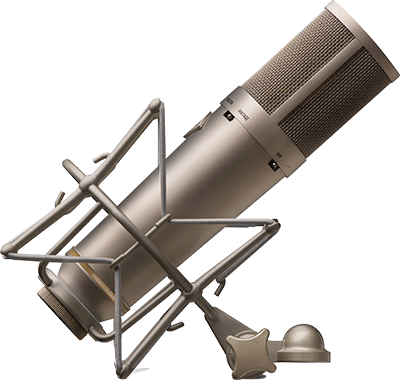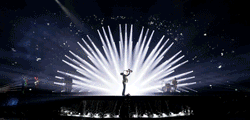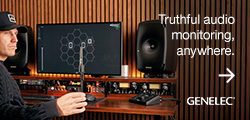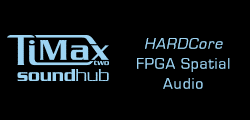United Studio Technologies reckons to capture the essence of both the original classic and modern incarnations of the ‘87-style’ design with its new UT Twin87 microphone. Toggling between two discrete circuit topologies – separated by nearly half a century – the mic calls on difference component values, types and circuit differences between the earliest available microphones of this style and some of the latest revisions produced.
 The UT Twin87 features United Studio Technologies’ UT-K87 capsule, a custom-made K87-style, dual-diaphragm/dual-backplate affair that is precision milled from brass, skinned with 6μm Japanese Mylar in a laboratory-clean room environment, and has a 24k gold-sputtered membrane.
The UT Twin87 features United Studio Technologies’ UT-K87 capsule, a custom-made K87-style, dual-diaphragm/dual-backplate affair that is precision milled from brass, skinned with 6μm Japanese Mylar in a laboratory-clean room environment, and has a 24k gold-sputtered membrane.
In Vintage Mode, UT Twin87 polarises its capsule directly by normal (+48V, optimal) phantom power, taking advantage of an insulated dual-backplate design – as was the case with the earliest ‘87-style’ microphones. Meanwhile, the Hi-Z and de-emphasis circuitry use the same component choices as the original, yielding a slightly warmer, softer and forgiving sound.
Switching UT Twin87 into Modern Mode polarises its capsule at a higher voltage using an FET oscillator circuit as found on later revisions of the classic mic, providing higher sensitivity that feeds a hotter signal into the amplifier circuitry. Again, the Hi-Z and de-emphasis circuitry use the same component choices as much later ‘87-style’ designs, delivering a louder, slightly brighter, and more articulate response, with an extended top-end reach and more ‘up-front’ character.
Custom capsule capabilities notwithstanding, many iterations of the original German output transformer used in this type of microphone were also assessed with some of the older, larger frame designs proving particularly inspirational in doing so. Since the size of a transformer can sometimes be a limiting factor, United Studio Technologies developed its own custom-wound transformer built with large, all-nickel laminations resulting in almost four times the metal mass found in any existing ‘87-style’ microphone.
Most modern ‘87-style’ microphones incorporate an output filter designed to block RF and FM interference. United Studio Technologies has avoided this concern, since its HPF can be engaged/disengaged at any time, whether working in Vintage or Modern mode.
Another boutique modification – the so-called ‘true-cardioid mod’ – is quietly engaged when switching UT Twin87’s polar pattern to cardioid, whereby it will disengage the pattern select circuitry altogether and decouple from the rear diaphragm of the capsule to provide a cardioid function that is slightly hotter, more pure, and boasts a better signal-to-noise ratio, rather than operating in an active (switched) cardioid mode as per the standard design.
The mic’s paper specification includes 20Hz-20kHz frequency response; 117dB no pad, 127dB – with pad (SPL @ 5% THD); 27Ω output impedance; <10dB – cardioid setting, no pad, no HPF (SPL); 80Hz – 12dB down point (High-Pass Filter); and -10dB pad.
Distributed worldwide by RAD Distribution, the UT Twin87 is expected to ship before the end of May 2022 with a Minimum Advertised Price of US$699 and a Suggested Selling Price of €699 (including VAT).
More: www.raddist.com










